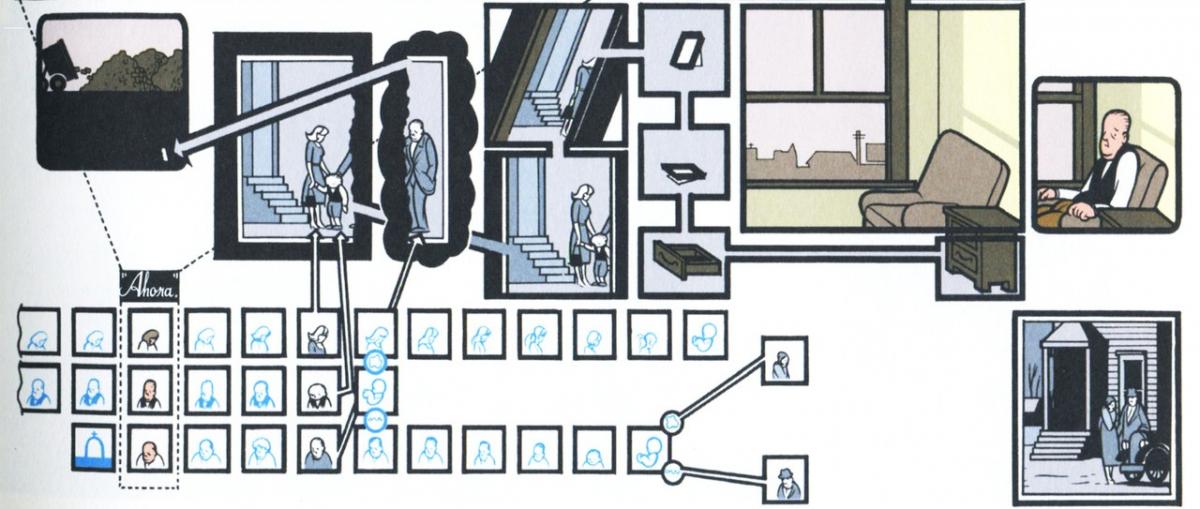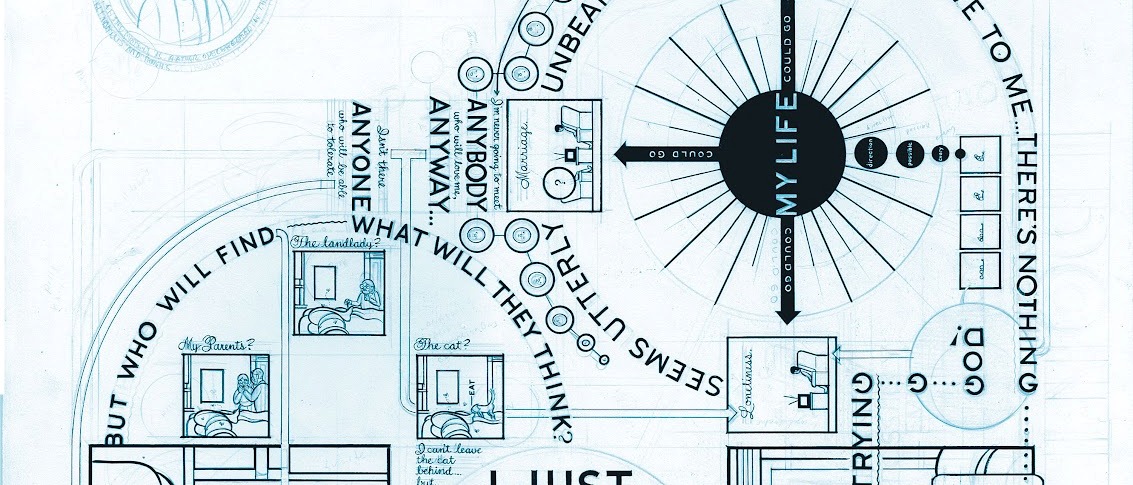The first day of Litquake, San Francisco’s annual literary binge, had some serious competition: on Saturday afternoon, the SF Giants were in the playoffs; Hardly Strictly Bluegrass drew hundreds of thousands to Golden Gate Park; the America’s Cup occupied the waterfront with 1%-ers; and it was Fleet Week, that quaint local tradition in which the Blue Angels tear back and forth above our city in a bizarrely irony-free celebration of America’s militarized cultural identity.
In a dimly lit room at the California Institute of Integral Studies, the thoughtful mood punctuated by the sonic rumbles of the Blue Angels, four writers of color gathered to talk about Rewriting America: Race and Re-imaginings in Post-9/11 America. This certainly wasn’t the Banjo Stage; things got serious, and political, and quickly.
“I am the new enemy,” said Francisco X. Alarcón, who identifies as Mexticoand is involved in the fight against SB 1070, the Arizona state bill outlawing cultural studies (and, effectively, literature by non-white writers). “Now that there are no Commies, they’re coming for people who look like me.”
Elmaz Abinader, a multi-genre writer who founded VONA: Voices of Our Nation Arts Foundation, the prestigious writing workshop for writers of color, began her reading of poems about Palestine with the observation that “America is the only country in the world where people run outsidewhen fighter planes fly over.”
Panel moderator Pireeni Sundaralingam read several selections fromIndivisible: An Anthology of Contemporary South Asian American Poetry, which she coedited with Neelanjana Banarjee and Summi Kaipa.Sundaralingam spoke of the difficulty in getting the book greenlighted in the face of publishing industry types who couldn’t comprehend that "South Asian American” writers are, in fact, Americans.
And Cave Canem Prize winner Ronaldo V. Wilson performed a chilling sound poem mashup: his own recorded voice recalling New York on the day the towers fell vs. his live reading of freewheeling poems touching on race, sexual identity, and class conflict.
Each writer discussed the complexities involved in existing outside of the mainstream in a country where people who look a certain way or practice a certain religion are now required to spend the bulk of their energy reassuring others that, as Sundaralingam put it, “We’re not terrorists.”
To end the afternoon, the panelists each doled out some quick tips for young writers of color — and for all writers.
On navigating the “establishment,” whether in academia or the publishing process:
“Go hard and strong on what you believe and don’t get pushed.”
—Abinader
“When they tell you no, you have to say yes. Don’t be so concerned with mainstream America; the gatekeepers will always be gatekeepers.”
—Alarcón
“Forget it — I’m just gonna make art … and let everyone else figure it out. [When I wrote my first book] I had an audience in mind: all the unusuals, all the freaks.” —Wilson
On creating a space for writers of colors within the larger literary scene:
“When you see other writers [of color] taking risks, support them — critique, publish, review their work, serve as their editors.” —Sundaralingam
“Everything you write creates a community around it. Go out and find it.” —Abinader
On the death of literary magazines, and the rapid disappearing act of arts funding in general:
“Think long term, invest in yourself. The institutions won’t survive.”
—Alarcón
“Defeat Romney. Keep arts consciousness alive. We can’t let this die.”
—Abinader
Great way to take stock of issues of race in the lit industry before what promises to be a week of copious — and often overwhelmingly white — literary scene-making in San Francisco. Now if only those damn planes would shut up, we'd be getting somewhere.
Images: Blue Angels photo via Paul Chinn, The Chronicle / SF ; Litquake logo via Litquake's Tumblr.




























 A Black Balloon Publication ©
A Black Balloon Publication ©